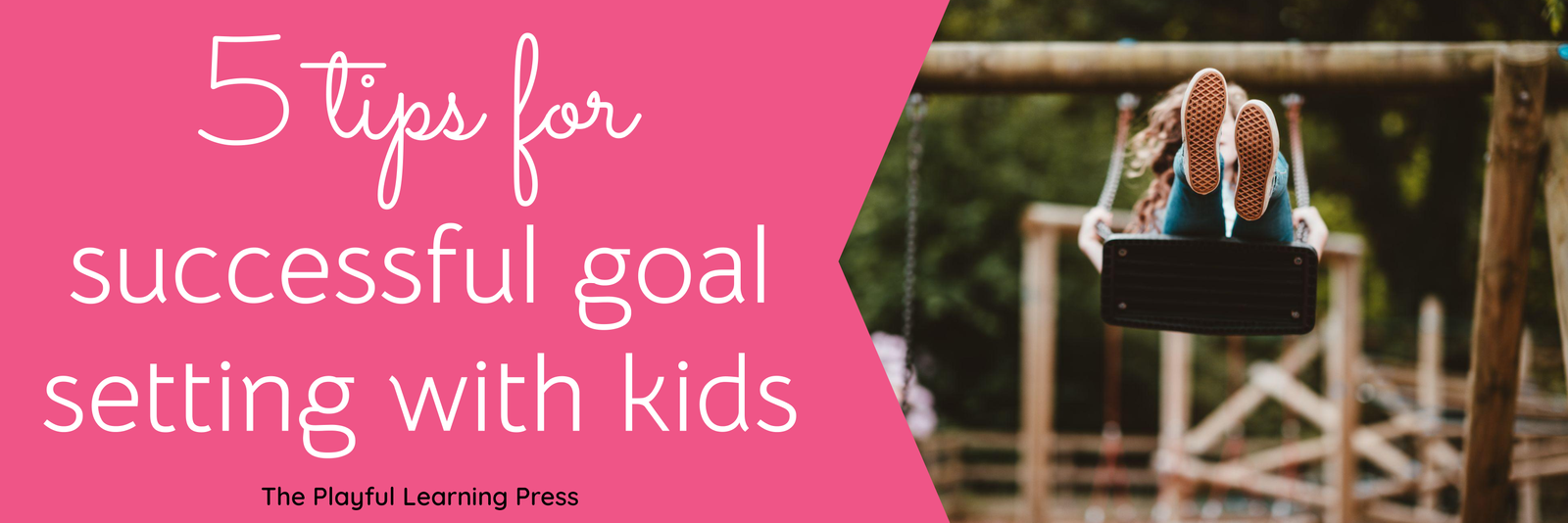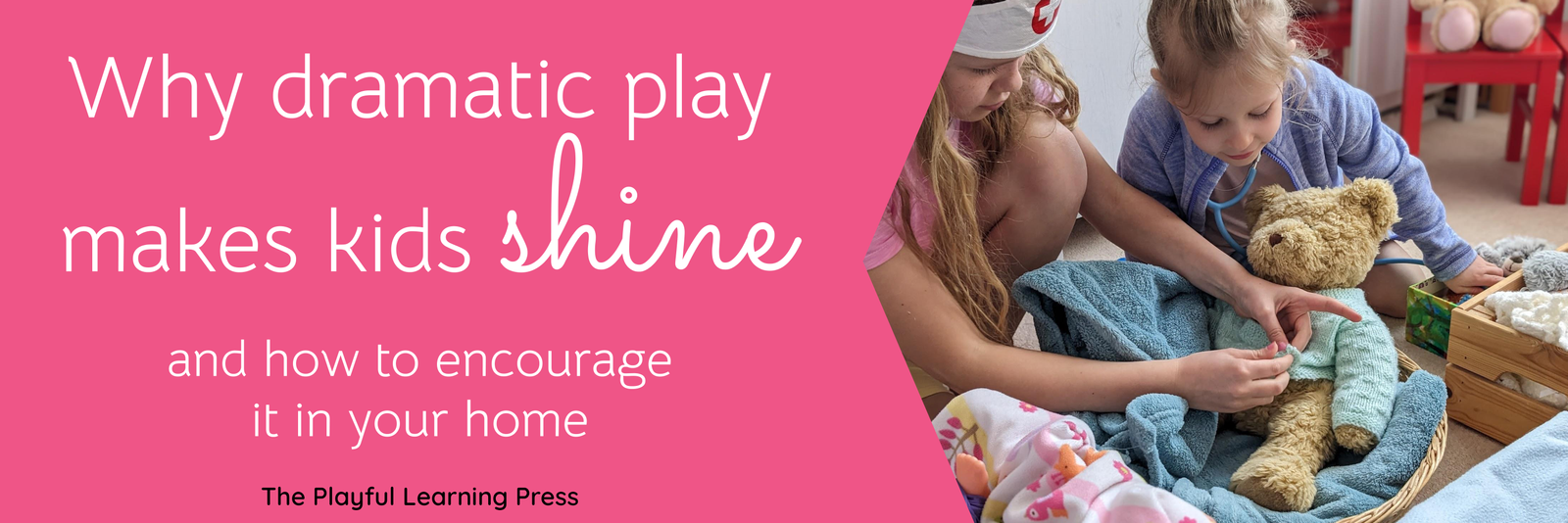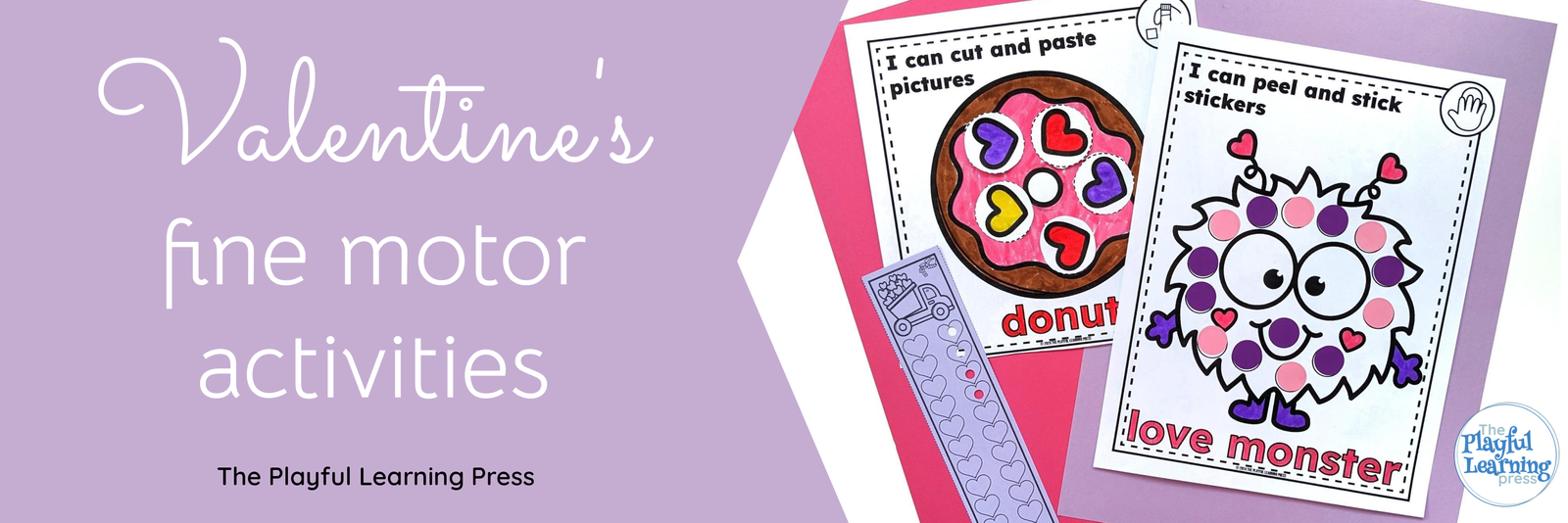As parents, educators, and caregivers, we stand at the forefront of nurturing not just the academic prowess of our kids but also their life skills and resilience. Every year I set personal and business goals for myself, and this year I decided I would introduce goal setting to my children. There are so many great benefits of goal setting with kids.
Why goal setting matters for kids
Setting goals can be a fantastic way of developing important life skills and has the benefits of building motivation and fostering a sense of achievement. It gives children something to strive for and work towards, fostering a proactive approach to life.
I love how achieving goals, even small ones, boosts a child’s confidence, and that success reinforces their belief in their abilities and helps develop a positive self-image. Goal setting also encourages a growth mindset by emphasizing the idea that abilities can be developed through dedication and hard work. This mindset helps children embrace challenges as opportunities for learning and improvement.
Here are my 5 tips for successful goal setting with kids.
Tip 1: Choose a suitable goal
When setting goals with children it’s crucial that they are appropriate for the age and developmental stage of the child. If a goal isn’t achievable it will lead to frustration; even as adults if we don’t feel like we can succeed at something it’s harder to find the motivation to stick with it. Realistic and achievable goals contribute to a positive experience and will build greater resilience in the long term.
Tip 2: Set SMART goals
You can use the SMART framework for setting goals with children, just as you would do for yourself. Goals should be:
- Specific: set specific goals rather than broad ones.
- Measurable: it’s important to be able to track progress.
- Achievable: goals need to be realistic and attainable.
- Relevant: make sure you’re setting goals that align with your child’s interests and values.
- Timely: setting a timeframe for achieving goals can help with motivation.
Instead of “ I want to be better at math”, which is too vague, try “I will learn to count to 50”. This is very specific and measurable and you could even make it timely by saying how long it will take, or how frequently they will practice.
Instead of “I want to be more grown up” (my ten year olds suggestion) we talked about setting a more specific goal that she would learn to wash and brush her own hair. This is something she is motivated to do and can practice daily and weekly.
Tip 3: Break down larger goals
Encourage children to break larger goals into smaller, more manageable tasks. Completing these smaller tasks provides a sense of accomplishment and keeps motivation high.
Tip 4: Prepare for challenges
Overcoming obstacles and staying motivated are crucial aspects of achieving goals, especially for children. Here are some strategies to help children navigate challenges and maintain motivation:
Problem-solving: Encourage a problem-solving mindset by engaging in discussions with your child – help them identify what the challenges are and brainstorm potential solutions together.
Positive self-talk: Teach your child the power of positive self-talk. Encourage them to replace negative thoughts with positive affirmations to boost confidence. Here are some examples of positive self-talk:
- I believe in myself and my abilities.
- I am capable of learning new things.
- I am strong, brave, and can handle challenges.
Visual Aids: Create visual representations of goals and progress. Use charts, graphs, or drawings to make the journey more tangible and visually rewarding. My ten and six year olds both set themselves a goal to read more, and in helping them set a SMART goal we decided on a number of books they would aim to read this year, which led me to create them a reading goal tracker – you can download it for free here!
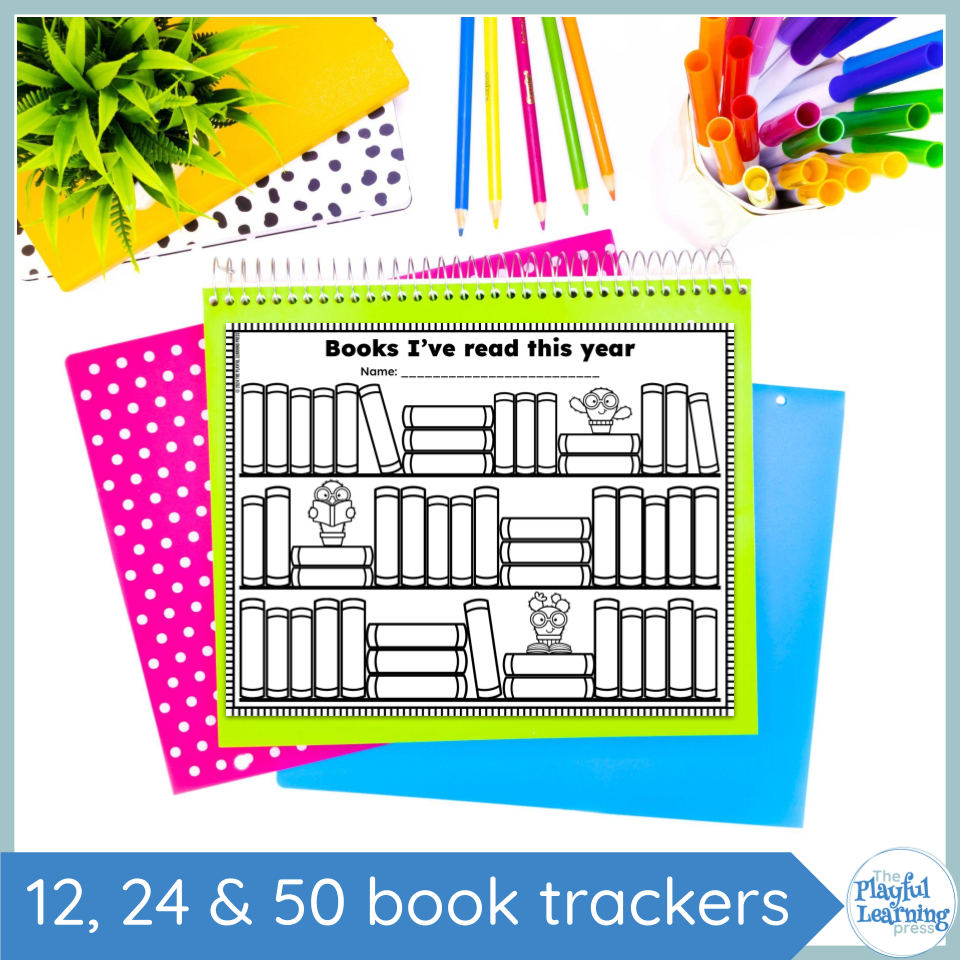
Flexibility and adaptability: Emphasize the importance of being flexible in the face of challenges. Sometimes goals may need to be adjusted, and that’s okay—it’s part of the learning process.
Setbacks as learning opportunities: Frame setbacks as opportunities to learn and grow. Discuss with your child what went wrong and what can be done differently next time.
Motivation: Help your child connect their goals to their personal interests and values – intrinsic motivation tends to be more sustainable than external rewards.
Past successes: Remind children of previous successes they’ve achieved, this boosts confidence and reinforces the idea that they can overcome obstacles.
By incorporating these strategies, children can develop resilience, problem-solving skills, and a positive attitude toward overcoming obstacles. The goal is not only to achieve the desired outcome but also to instill a lifelong approach to challenges as opportunities for growth.
Tip 5: Celebrate achievements
It’s so important to celebrate the small victories and achievements as your child progresses towards their goal. By celebrating these small milestones along the way you are recognizing progress which reinforces the idea that effort leads to positive outcomes.
The key is to tailor the celebration to the child’s preferences and interests, but here are some suggestions for celebrating achievements with children that you could try:
High-fives: Give them a high-five to acknowledge their accomplishment – make it a fun routine where each high-five symbolizes a job well done.
Sticker chart or color-in tracker: Create a chart and let them add a sticker or color a picture for each achievement. Once the chart is filled and they have reached their goal, perhaps they can receive a small reward or choose a special activity.
Celebration dance or song: Have a short dance or sing a celebratory song together!
Create a “Hall of Fame”: Designate a space where you display their achievements, it can be a wall, a bulletin board, or even a digital space with photos or drawings.
Certificates or awards: Create personalized certificates or awards for their achievements to add a formal and special touch to a goal celebration.
Family applause: Gather the family for a round of applause; this communal celebration reinforces the idea that achievements are valued by everyone.
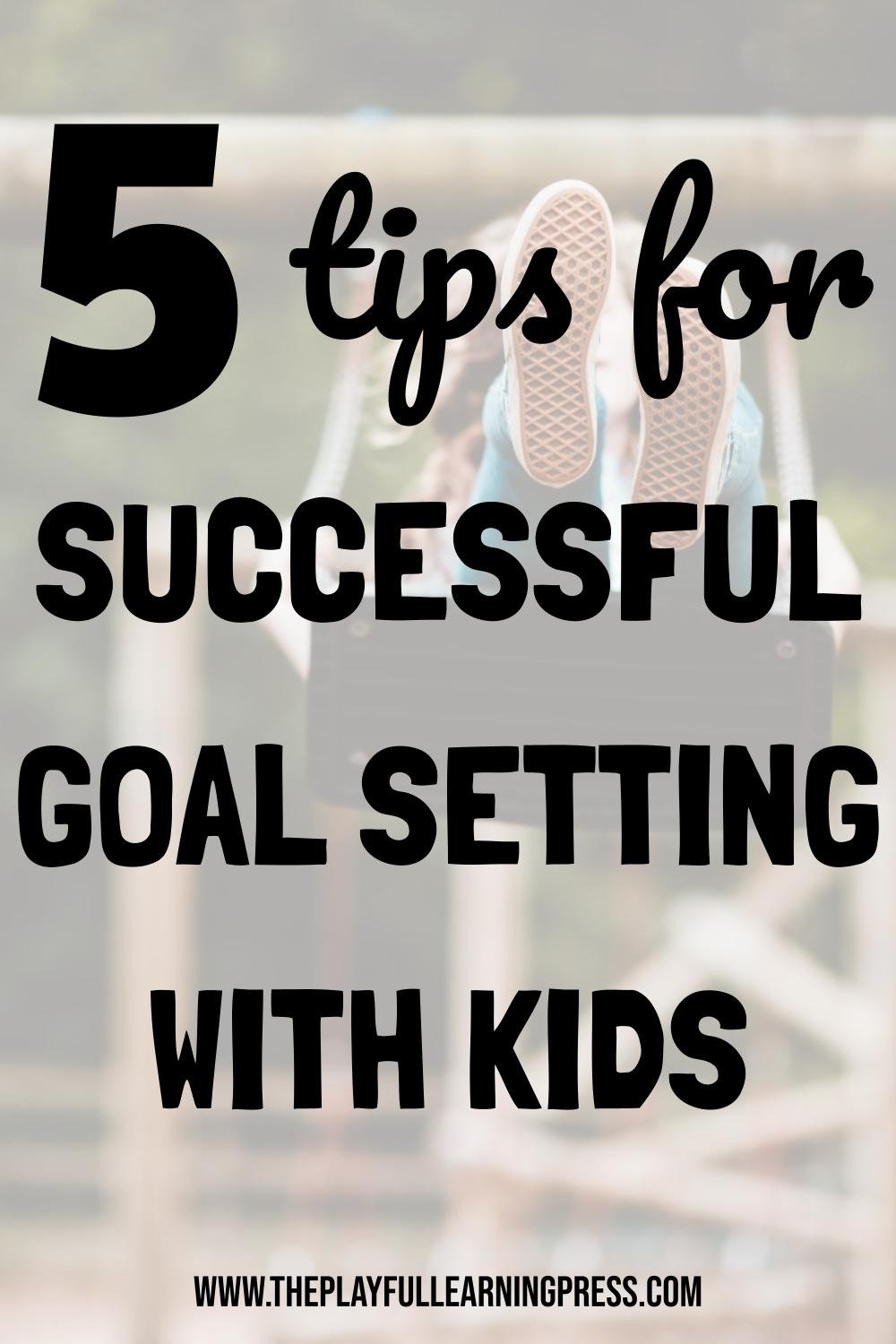
So there you have it, 5 tips for successful goal setting with kids! Here’s a little reminder for you:
Tip One: Choose a suitable, age appropriate goal.
Tip Two: Make sure the goal is SMART – specific and measurable.
Tip Three: Break down large goals into smaller, more manageable tasks.
Tip Four: Be ready to help children navigate challenges and maintain motivation.
Tip Five: Celebrate the small victories and achievements.
Setting goals provides children with a sense of motivation and purpose, it gives them something to work towards and teaches them resilience and perseverance.
Don’t forget to check out the free reading goal trackers if your children have set themselves a reading goal this year.
Have fun setting those goals, celebrating the small achievements and working with your kids on some important life skills this year.
Jess xo

